Affiliate links on Android Authority may earn us a commission. Learn more.
IFA 2017: The best smartphones, smartwatches, and other products announced

There were a number of great products announced at IFA in Berlin from companies like Samsung, LG, and Sony, just to name a few. We saw a few fantastic smartphones, a couple of smartwatches, smart speakers, and more.
Here are our top picks from IFA 2017: The best products and technologies from the show
In this post, we’re taking a closer look at some of the best devices that have been revealed at Europe’s largest technology trade show. Let’s dive in.
Samsung at IFA 2017
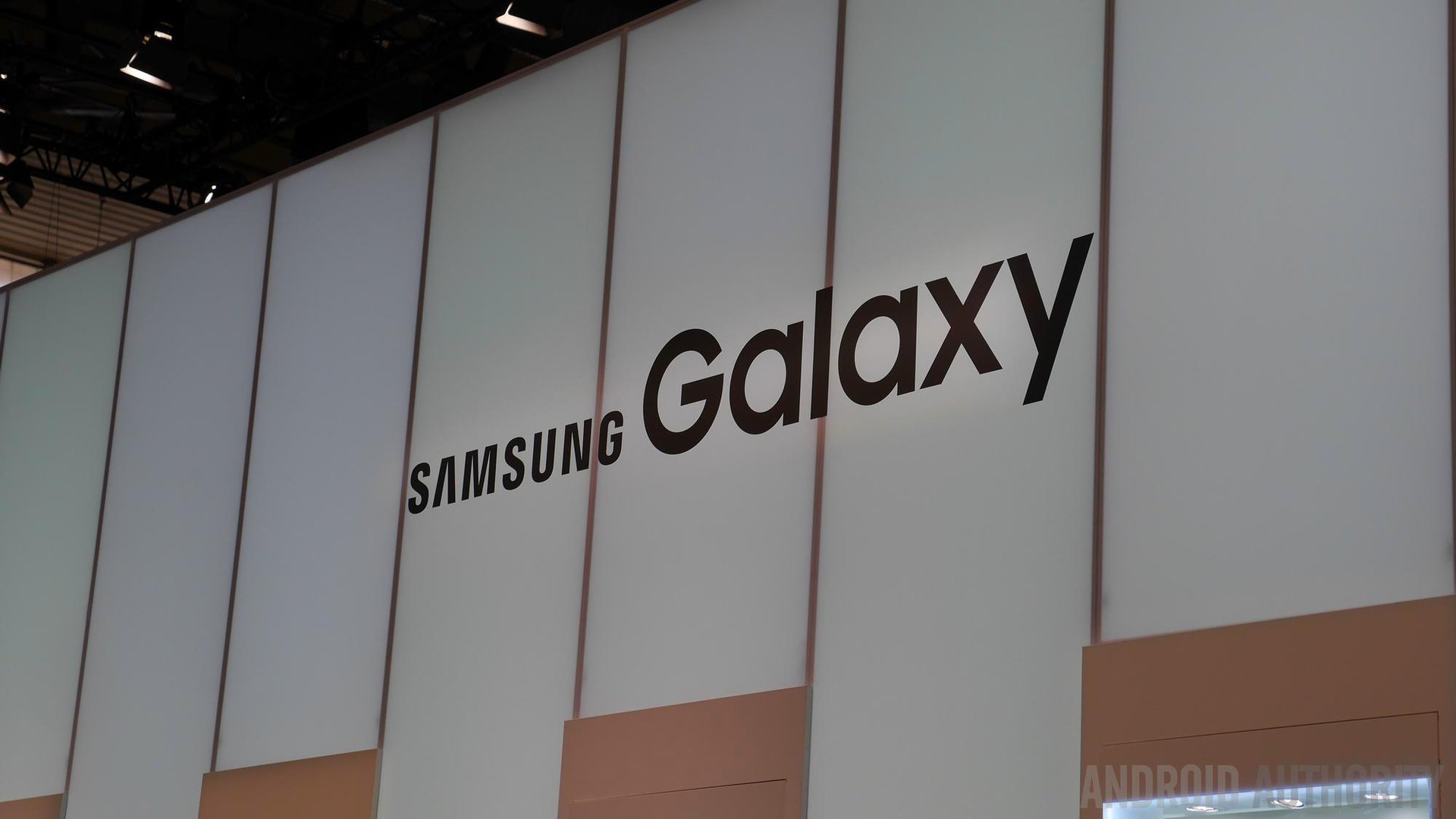
As expected, Samsung took the wraps off three new wearable devices at IFA: the Gear Fit 2 Pro, Gear Sport, and Gear IconX 2018. Those of you who have been following IFA rumors on Android Authority have probably already heard about the Gear Fit 2 Pro, as the device was listed on Samsung’s Spanish website about a week ago for a short period of time, revealing a lot about it.
It’s aimed at the fitness crowd and actually shares a lot of specs with its predecessor, the Gear Fit 2, which made its debut back in June 2016. Both devices feature a 1.5-inch Super AMOLED display, a 200 mAh battery, 4 GB of storage, and 512 GB of RAM. However, the new Pro version has a 5 ATM water resistance rating, while last year’s model is only IP68 certified.
Improved water resistance also means that the device is a bit larger as well as heavier than its predecessor. Other features worth mentioning are a built-in GPS, heart rate monitor, auto-activity tracking, and swim tracking via Speedo On. The Gear Fit 2 Pro will go up for pre-order today, August 31, for $199 and will be available in stores starting September 15.
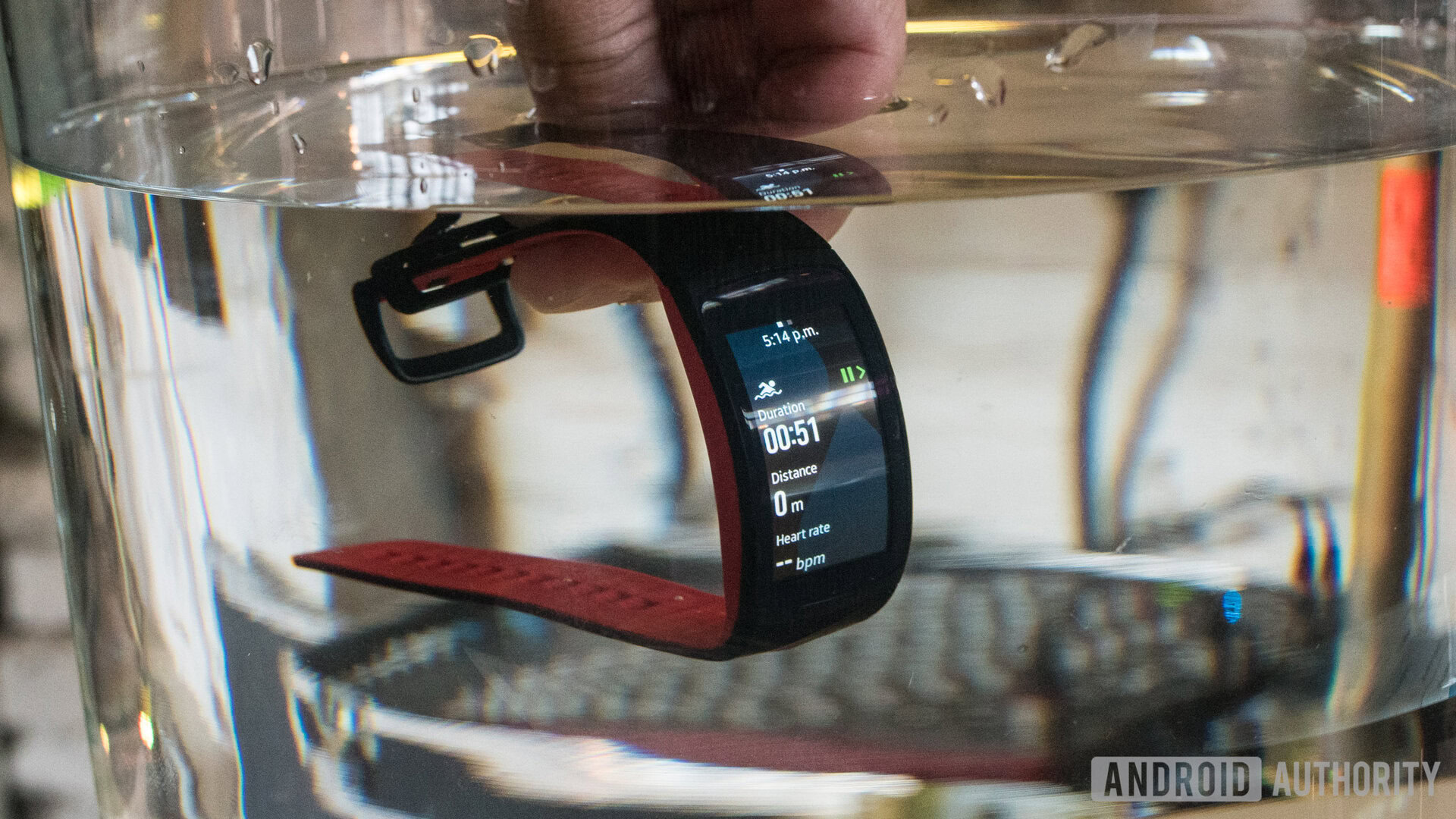
The second device announced is the Gear Sport smartwatch and comes equipped with a 1.2-inch Super AMOLED display (320 x 320 pixels), 786 MB or RAM, and 4 GB of storage. It packs a 300 mAh battery, which is smaller than the one found in the Gear S3 (380 mAh), the device that still remains the flagship of Samsung’s smartwatch series.
The big feature of the Gear Sport is its 5 ATM water resistance rating. This means you can take it with you in the pool as well as in the ocean, as it’s certified for use in salt water, although Samsung doesn’t recommend you go scuba diving with it. The device is a little smaller than the Gear S3 at 42.9mm, has a built-in GPS, and supports Samsung Pay. However, there’s no MST payment option, meaning you can make payments via NFC but not on older magnetic stripe terminals.
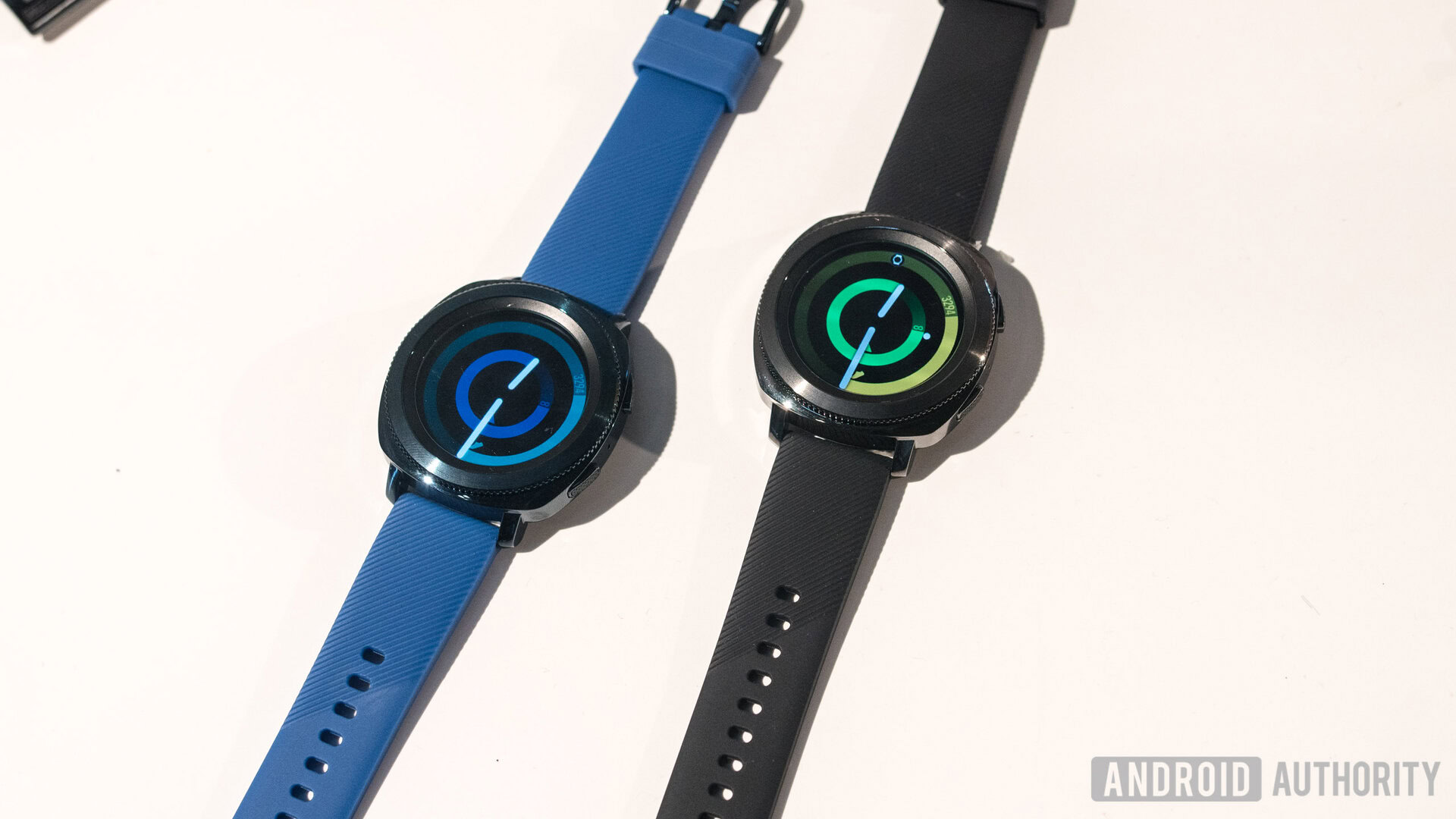
Samsung has also introduced the 2018 edition of its Gear IconX wireless earbuds at IFA in Berlin. They pack an 82 mAh battery that offers up to seven hours of standalone time on a single charge, or up to five hours in Bluetooth mode, and up to four hours of talk time. The device comes with a carrying case that has a 340 mAh battery and can quick charge the earbuds in 10 minutes for an hour’s worth of battery.
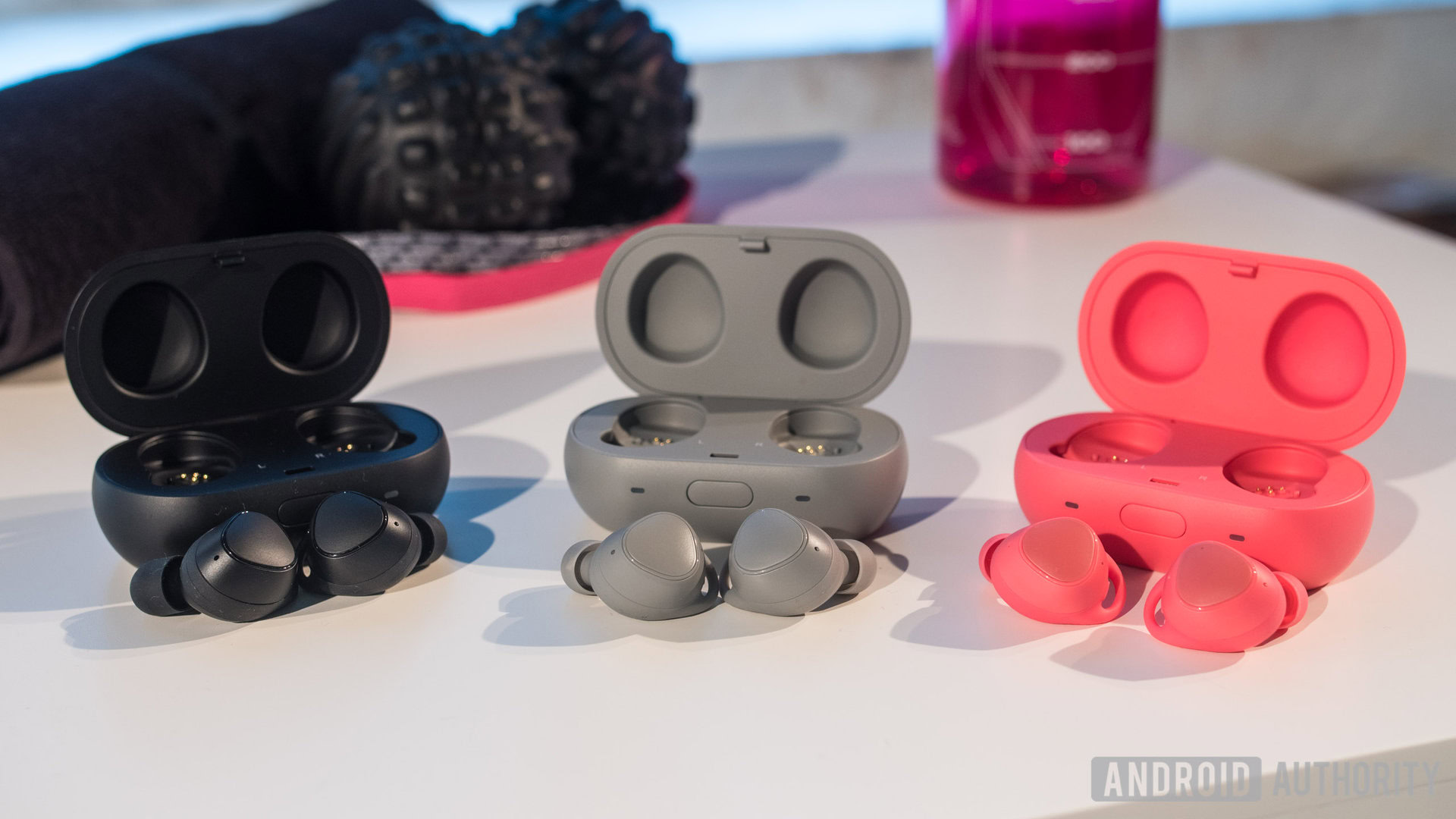
There are capacitive controls on the earpieces that offer a range of options to play/pause, skip to next track or playlist, answer and end calls, adjust volume, and call up the default voice assistant on any paired phone.
To learn more about the Gear IconX 2018 as well as the Gear Sport and Gear Fit 2 Pro, check out our hands-on video below.
LG at IFA 2017

LG has revealed the V30 in Berlin, the phablet that goes head to head with the Samsung Galaxy Note 8. As expected, it offers high-end specs along with a design similar to that of the G6.
The device comes with a 6-inch Quad HD+ P-OLED display with 18:9 aspect ratio. It’s powered by the latest Snapdragon 835 chipset and offer 4 GB of RAM. You’ll find a dual-camera setup on the back featuring a 16 MP sensor with an impressive f/1.6 aperture and a 71-degree field of view, and a 13 MP shooter with an f/1.9 aperture and 120-degree field of view.

The LG V30 is resistant to both water and dust thanks to its IP68 rating and sport a Hi-Fi Quad DAC that was tuned by B&O Play. LG said that the handset will come with B&O Play headphones, although it’s possible that could only be for select markets. It packs a 3,000 mAh battery, sports a fingerprint scanner on the back, and has an all-metal body.
As expected, the device doesn’t have a secondary screen like its predecessor but does offer a floating bar instead. This is basically a slide-out menu that floats around the screen, can easily be dismissed, and gives you basically the same options as the second display found on the V20. To learn more about the device, watch our LG V30 hands on video below.
The phablet will go on sale on September 21 in South Korea, while the exact release date for the US and other markets hasn’t been revealed yet. No word on pricing at this point, but rumors do claim that it will start at $699. There will be four colors available, which are Aurora Black, Cloud Silver, Moroccan Blue, and Lavender Violet.
Sony at IFA 2017
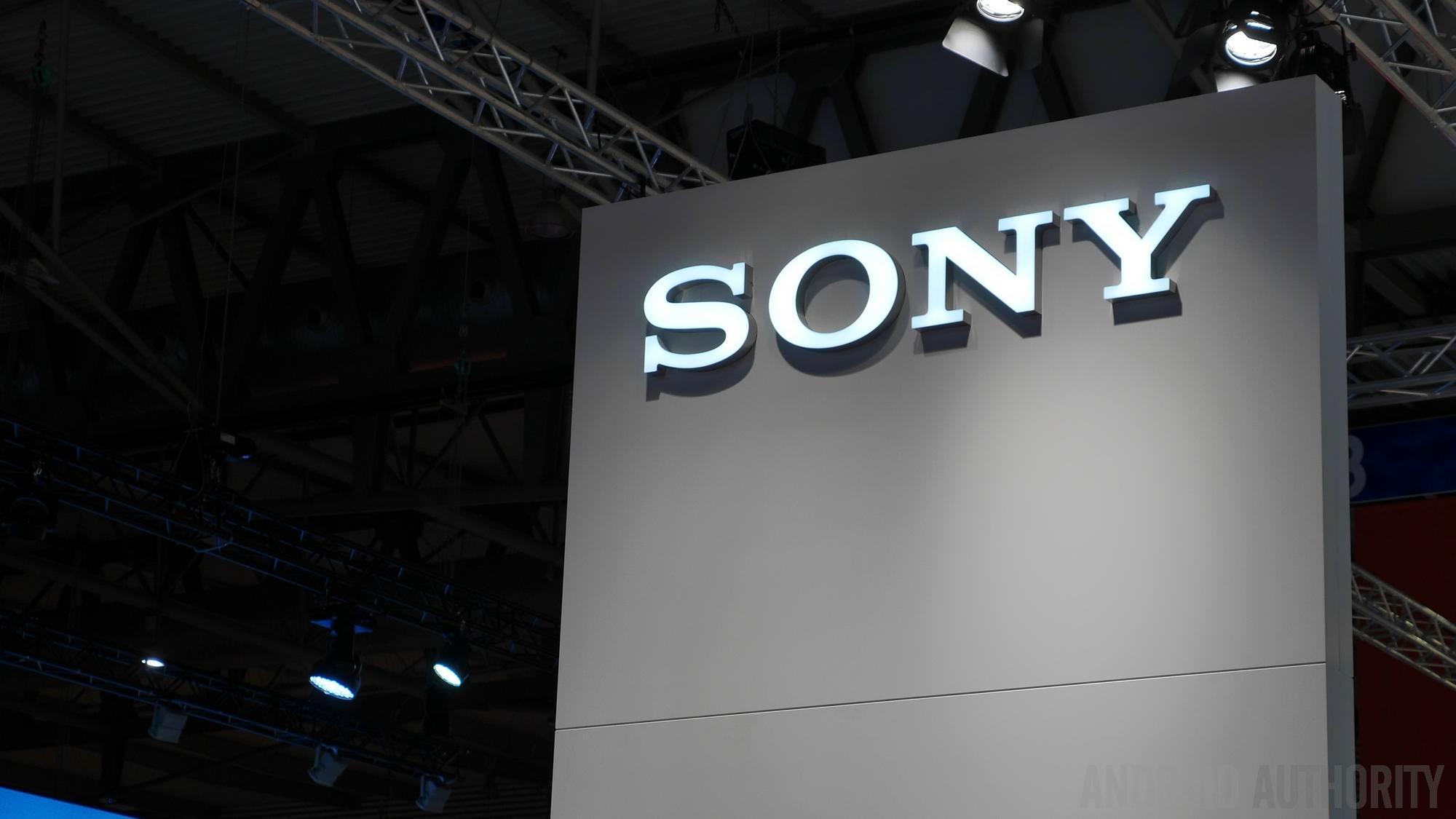
At its press conference at IFA, Sony announced a couple of new Android smartphones. Just as expected, the Xperia XZ1 and XZ1 Compact made their debut, which come with premium processing hardware and a familiar design.
Starting with the Xperia XZ1, the smartphone has a 5.2-inch Full HD display and is powered by the Snapdragon 835 chipset. It sports 4 GB of RAM and 64 GB of storage that you’re able to expand with a microSD card (up to 256 GB). The device is equipped with a 19 MP Magic Eye camera that allows you to scan your face or your full head and it then renders both of these in 3D with the help of the companion app.
The device is also resistant to dust and water thanks to its IP68 rating, features a 13 MP secondary camera, packs a 2,700 mAh battery with Quick Charge 3.0, and comes equipped with front-facing S Force Surround sound speakers.
The Xperia XZ1 Compact offers a lot of the same specs but in a smaller package. It has a 4.6-inch 720p display, 32 GB of storage, and an 8 MP selfie snapper. The rest of the specs including the main camera, processor, and RAM, are the same as those on the XZ1.
Both smartphones run Android 8.0 Oreo and are quite similar in terms of design. To learn more, check out the video below.
Additionally, the company also took the wraps off the Xperia XA1 Plus smartphone, which brings a range of Sony’s flagship features into a less expensive package. Among these is the 23 MP camera with a 1/2.3” sensor and hybrid autofocus, which can be launched in just 0.6 seconds. It also comes with 5x Clear Image Zoom and Sony’s SteadyShot technology for stable recording.
Other specs include a 5.5-inch Full HD display, the MediaTek Helio P20 chipset, 3 GB of RAM, a 3,430 mAh battery, and an 8 MP selfie snapper. Unlike the other two smartphones announced by Sony, this one runs Android 7.0 Nougat.
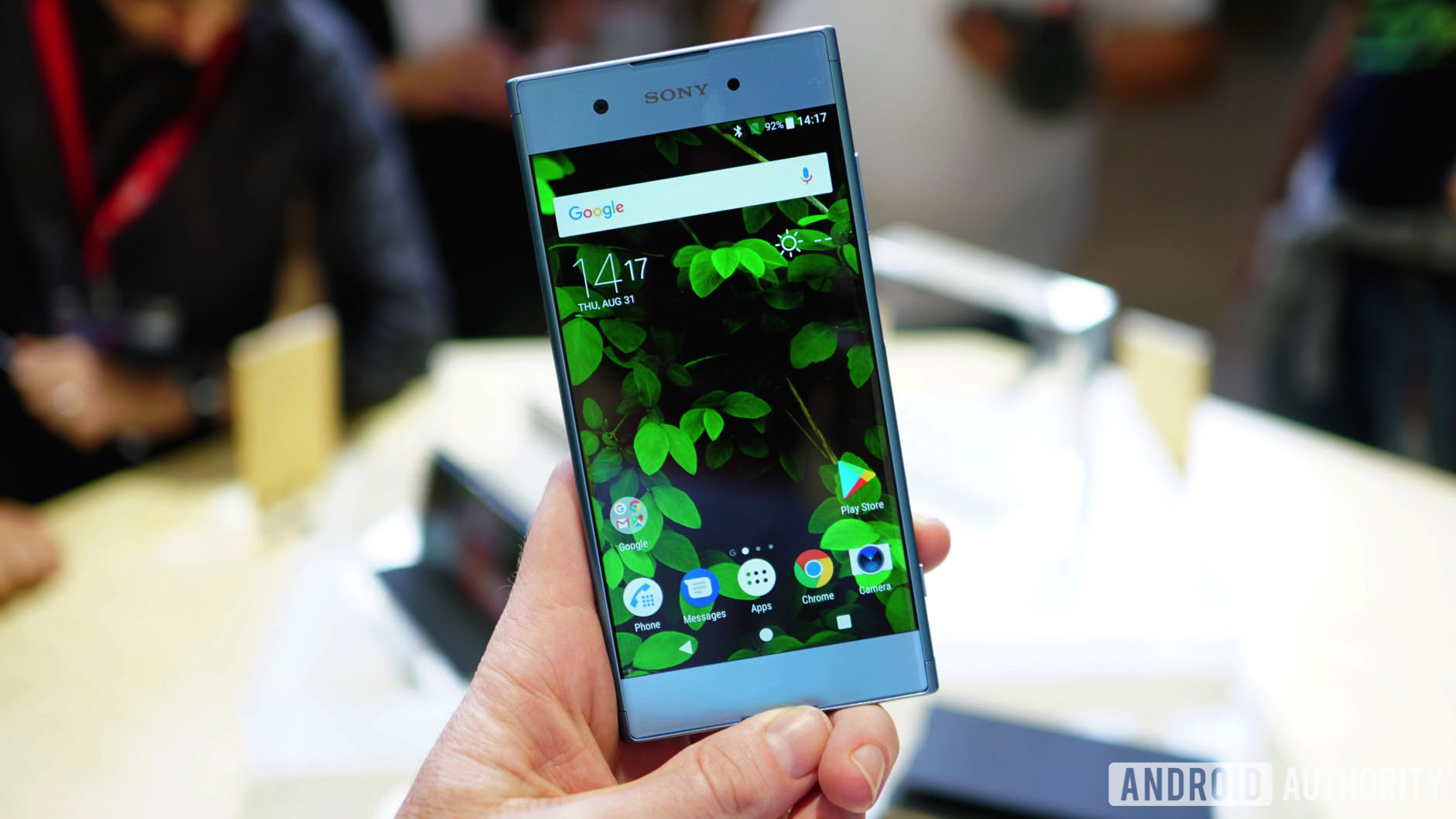
The fourth and last product Sony unveiled in Berlin is a smart speaker that goes head to head with the Google Home and Amazon’s Alexa-powered devices. Called the LF-S50G, it has Google’s Assistant on board and is, therefore, capable of playing music from services like Spotify, Google Play Music, and Pandora, letting you know what the weather is like, and even answering any weird questions you might have.
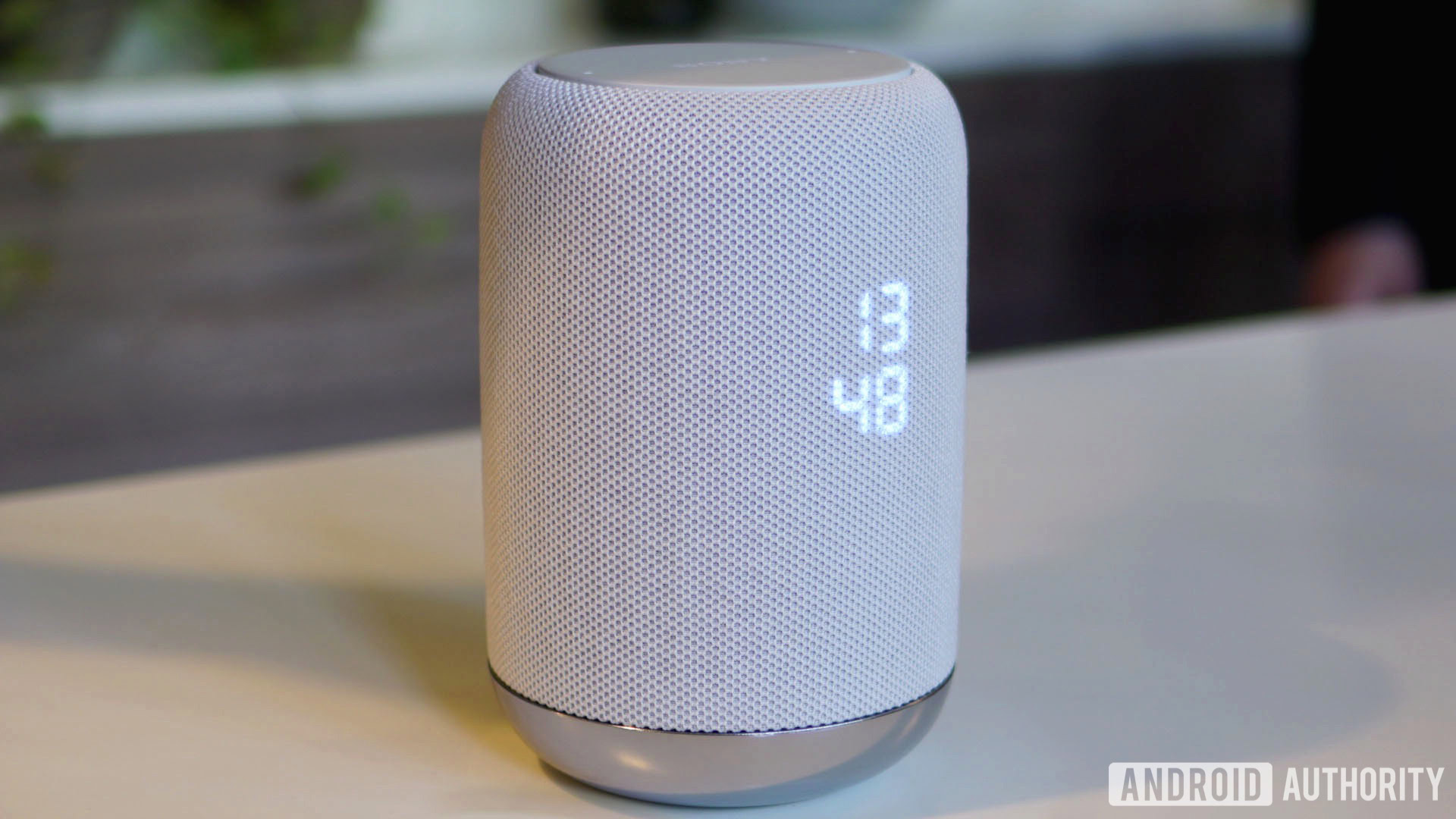
Sony’s smart speaker is splash-resistant (IPX3), offers a 360-degree audio experience, and sports a gesture control top that allows you to play music, skip tracks, and adjust the volume. In the US, you’ll be able to get your hands on it in October in either black or gray for $200.
Acer at IFA 2017
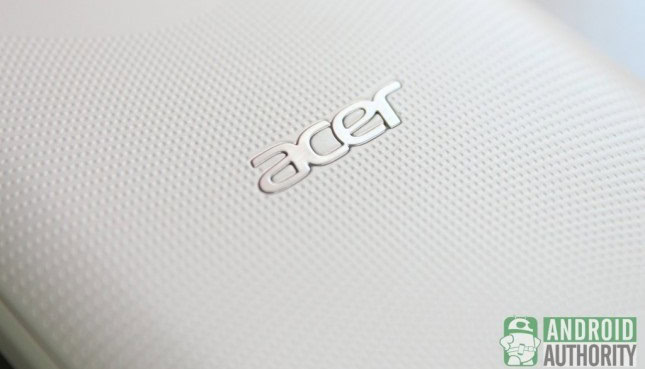
At IFA in Berlin, Acer showed off two 360-degree cameras called the Holo360 and Vision360. The former features a 3-inch touchscreen, runs on Android 7.1 Nougat, and has LTE capabilities. The main idea behind the Holo360 is that it allows users to capture and edit photos, as well as share them, all from a single device.
It’s powered by the Snapdragon 625 processor, which arrived as part of Qualcomm’s Connected Camera Platform introduced in 2016. This was designed to help manufacturers bring 360-degree camera devices to market with advanced image processing and networking features, such as the integrated X9 LTE modem and support for up to 24 MP images and 4K video at 30 FPS HEVC (high-efficiency video coding) capture.
The device also sports ImmerVision-certified panomorph optics, said to lack the “barrel distortion” artifact created by typical wide-angle lenses and can stitch videos in real-time. To learn more about it, check out our “Acer Holo360 quick look” post.
You’ll be able to get your hands on it for $429 in North America, once it goes on sale in November. It will also be available in Europe, the Middle East, and Asia sometime during Q4 2017 starting at €349.
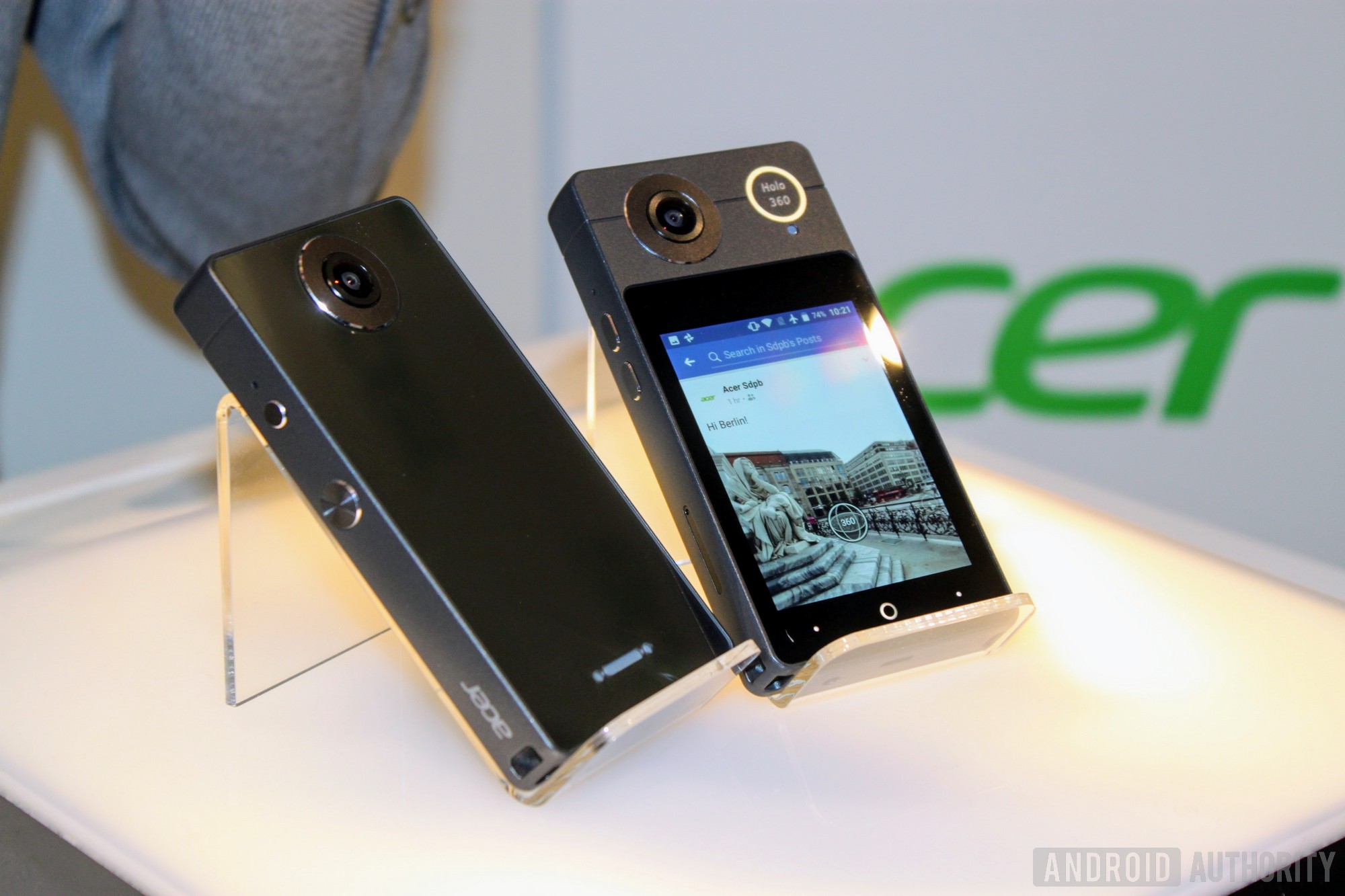
Acer’s second camera, the Vision360, is designed to be used in cars. It automatically starts recording when something collides with your vehicle and takes note of where the incident occurred. The data is then saved both onto the camera as well as in the cloud, just in case.
One more feature worth pointing out is that the camera also shows you exactly how fast you’re driving, so you don’t have to look down at your speedometer all the time to see if you’re going too fast or not. Nice!
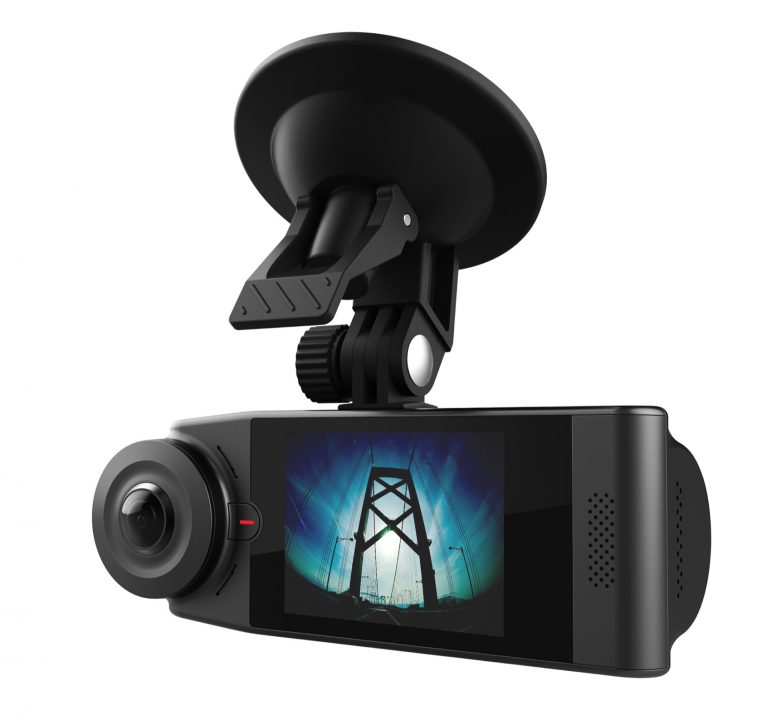
In addition to the two cameras, Acer also revealed the new Chromebook 15. It sports a 15.6-inch IPS display that’s available in touchscreen and non-touch configurations. Acer said that it’s powered by your choice of a dual-core Intel Celeron or a quad-core Intel Pentium processor, and will be available in either 32 GB or 64 GB of eMMC storage and come with 4 GB or 8 GB of RAM.
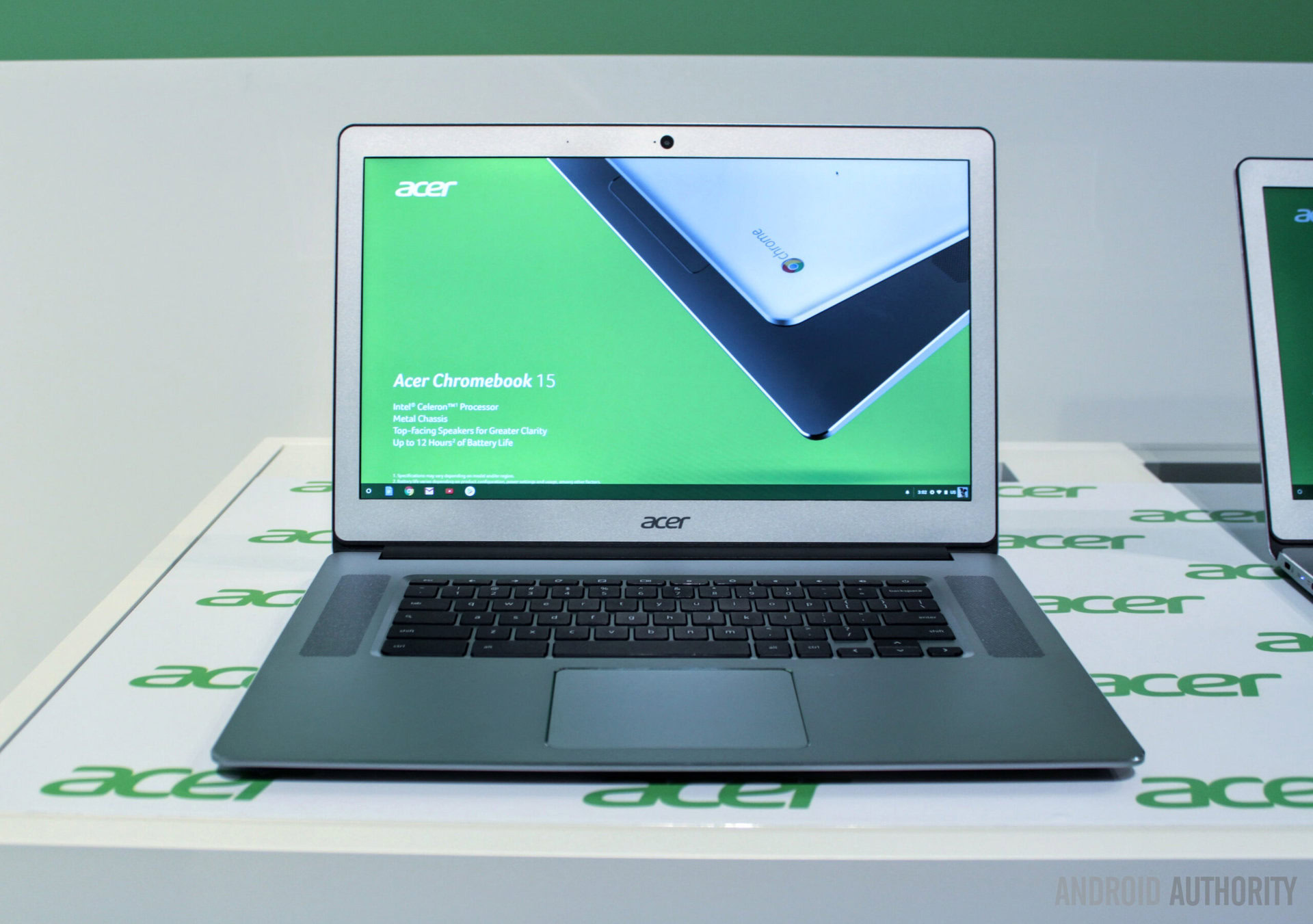
It has an aluminum design, a 12-hour battery life, and, unfortunately, a higher price tag than Acer’s previous Chromebook generation that started at $299. The device will be available in October in the US and Europe starting at $399 and €499.
HUAWEI at IFA 2017
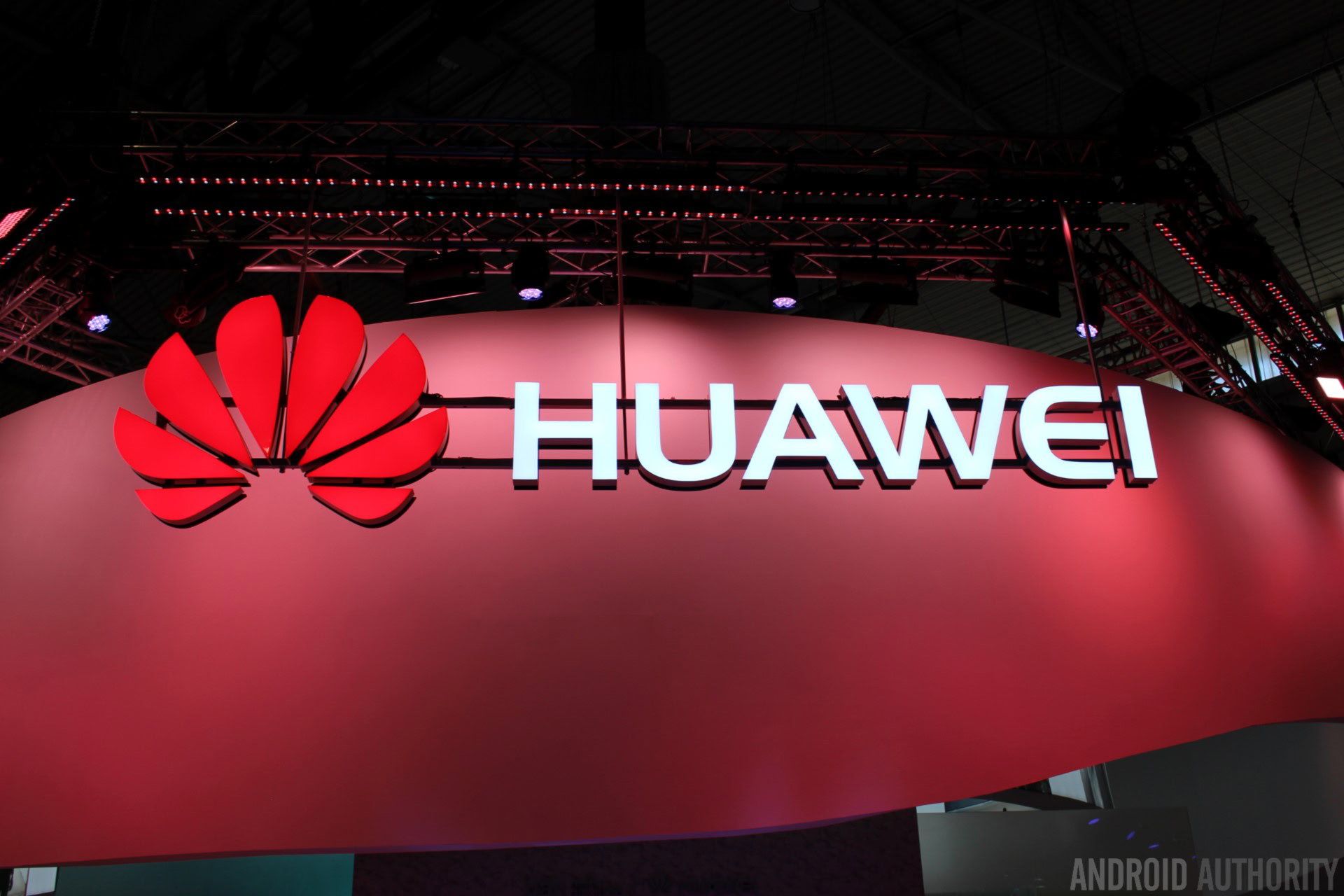
HUAWEI didn’t announce any new smartphones or tablets at IFA, but the company did take the wraps off the Kirin 970, its flagship SoC that has built-in AI computing capabilities. The AI platform runs on a dedicated Neural Processing Unit (NPU), basically a piece of hardware that is very good at running neural networks. When compared to the 970’s CPU, the NPU delivers up to 25 times the performance with 50 times greater efficiency. In other words, the Kirin 970 NPU can perform the same AI computing tasks faster and with less power.
The Kirin 970 is an octa-core processor, with a 12-core GPU, dual-ISP and a high-speed Cat 18. LTE modem. The CPU is similar to that of the Kirin 960, with four ARM Cortex-A73 cores and four ARM Cortex-A53 cores, but this time clocked at 2.4 GHz and 1.8 GHz respectively. It’s the first commercial SoC to use the Mali-G72, the latest GPU from ARM that, according to HUAWEI, makes the Kirin 970 20 percent faster than the Kirin 960 as well as 50 percent more power efficient.
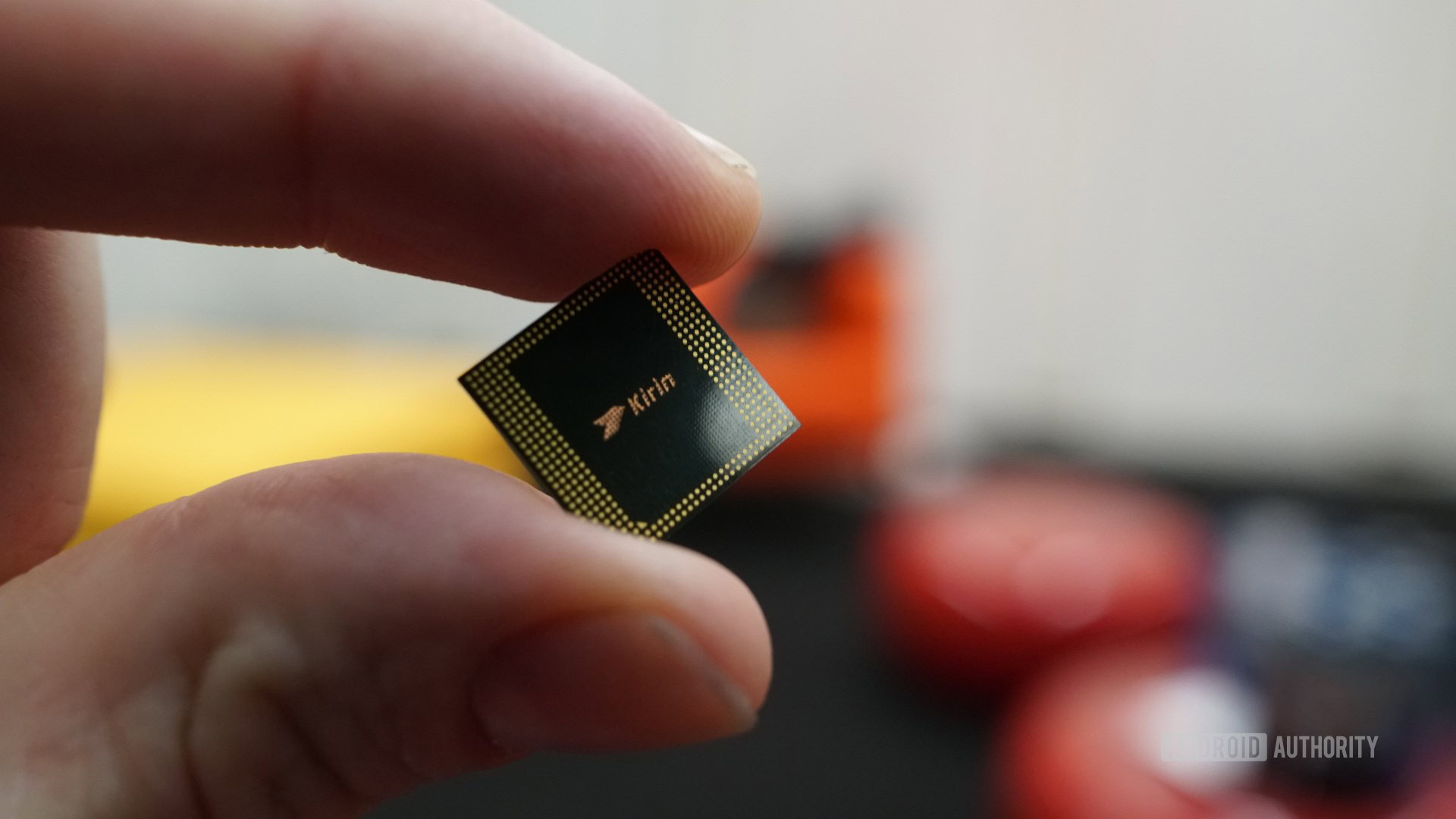
Other things worth mentioning are the support for 4K video decode/encode (H.265, H.264, and others), the ability to handle 10-bit color (HDR10), the next iteration of HUAWEI’s sensor processor (the i7), and a 32-bit/384K DAC. As with the Kirin 960 before it, the 970 supports dual cameras, UFS 2.1, and LPDDR4 (but now at 1833MHz).
Richard Yu, the CEO of HUAWEI’s Consumer Business Group, has confirmed that the first smartphones with the latest Kirin 970 chipset will be the Mate 10 and Mate 10 Pro. Both devices will be officially announced at an event in Munich on October 16.
Lenovo at IFA 2017
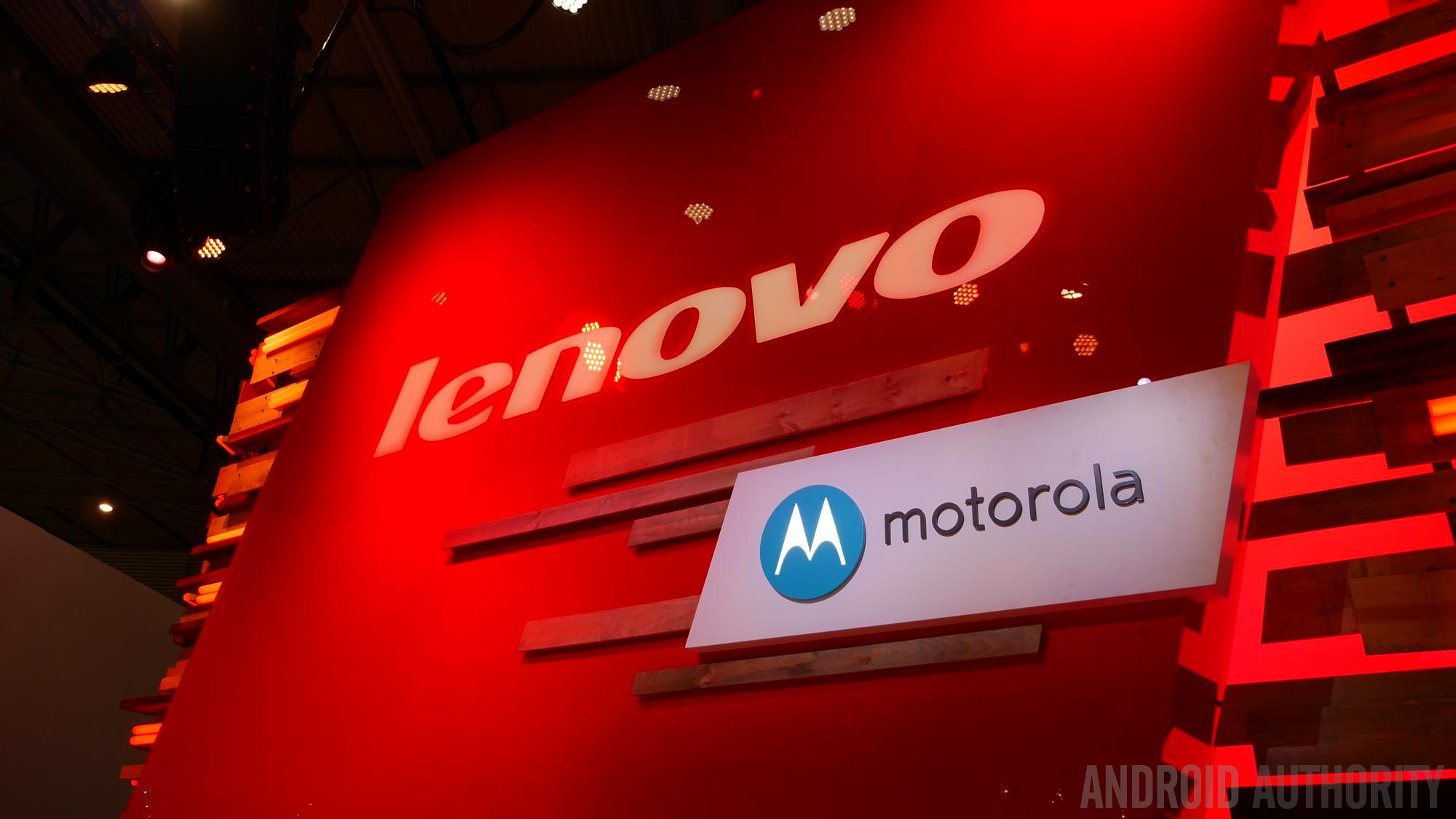
It took a while, but Lenovo finally took the wraps off the Moto X4 at IFA in Berlin. In terms of specs, the smartphone sits squarely in between the high-end Moto Z2 line and the mid-range Moto G series. It sports a 5.2-inch Full HD display and is powered by the Snapdragon 630 chipset. It comes with either 3 GB of RAM and 32 GB of storage, or 4 GB of RAM and 64 GB of storage depending on the market.
The smartphone is equipped with a dual-camera setup featuring 12 and 8 MP sensors and packs a 3,000 mAh battery. The IP68 rated Moto X4 has Amazon’s Alexa on board and a new Wireless Sound System powered by French startup Tempow, which allows your phone to truly become the centerpiece of your very own mobile disco. Check the hands-on video below for more info about the device.
In addition to the new Moto smartphone, Lenovo also revealed Star Wars: Jedi Challenges, a new smartphone-based augmented reality experience that you’ll be able to get your hand on sometime this holiday for $199.
The box will contain an AR headset along with a Lightsaber Controller and a tracking beacon that must be placed on the floor so it can track the AR headset’s movements with its cameras. To play the game, you’ll have to download the Star Wars: Jedi Challenges app on your smartphone and insert it inside the Lenovo Mirage AR headset.
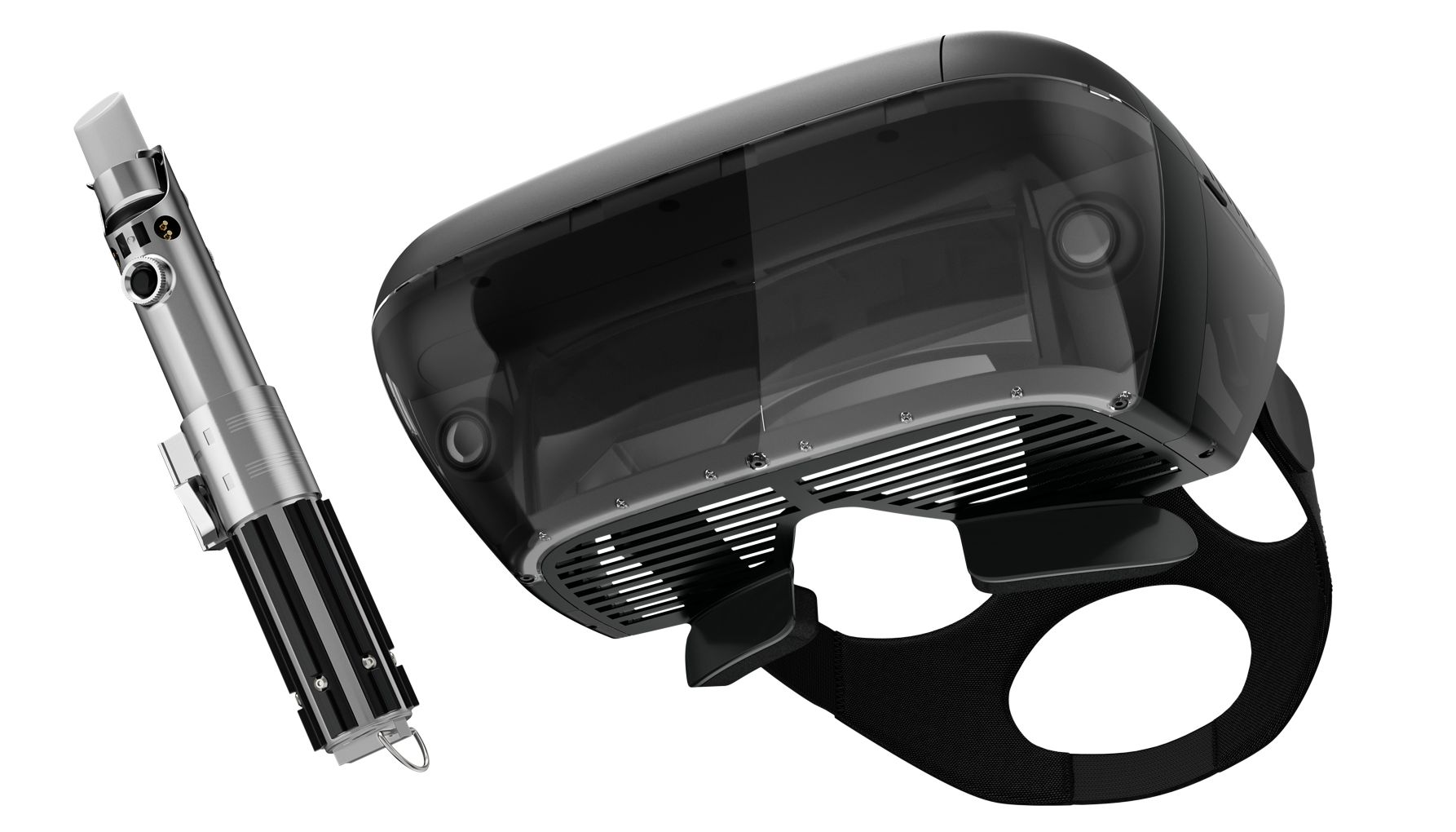
In Berlin, Lenovo also showed off the Home Assistant Pack, which is a special dock that can mount a 4-series tablet and basically transform it into a smart speaker assistants with a screen. The mount features a three-watt speaker which helps to boost the audio from your tablet and should get just as loud as a standalone Amazon Echo device.
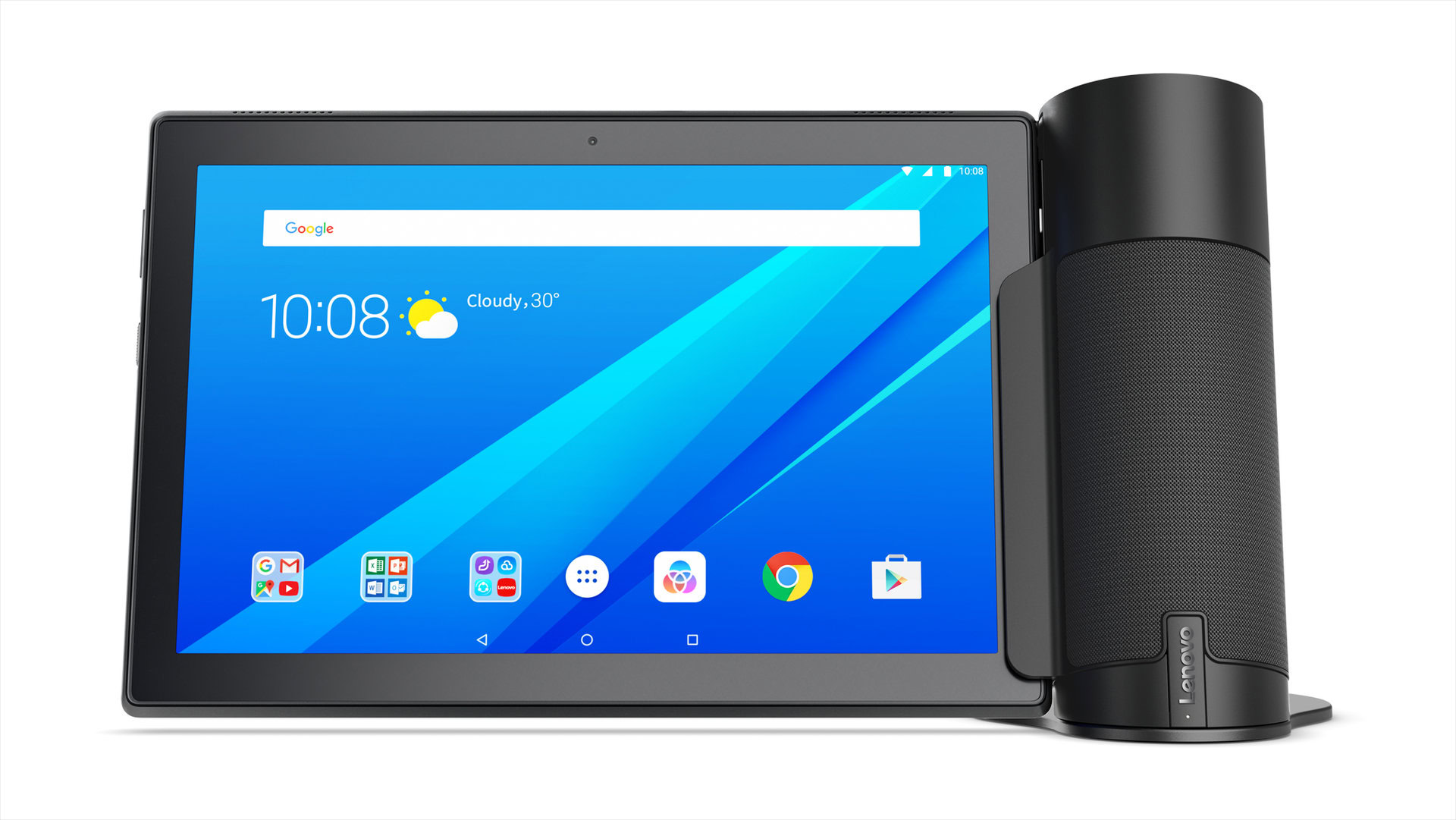
It will set you back $69.99 when it goes on sale in October, while pricing for compatible tablets starts at $129.99.
Harman at IFA 2017
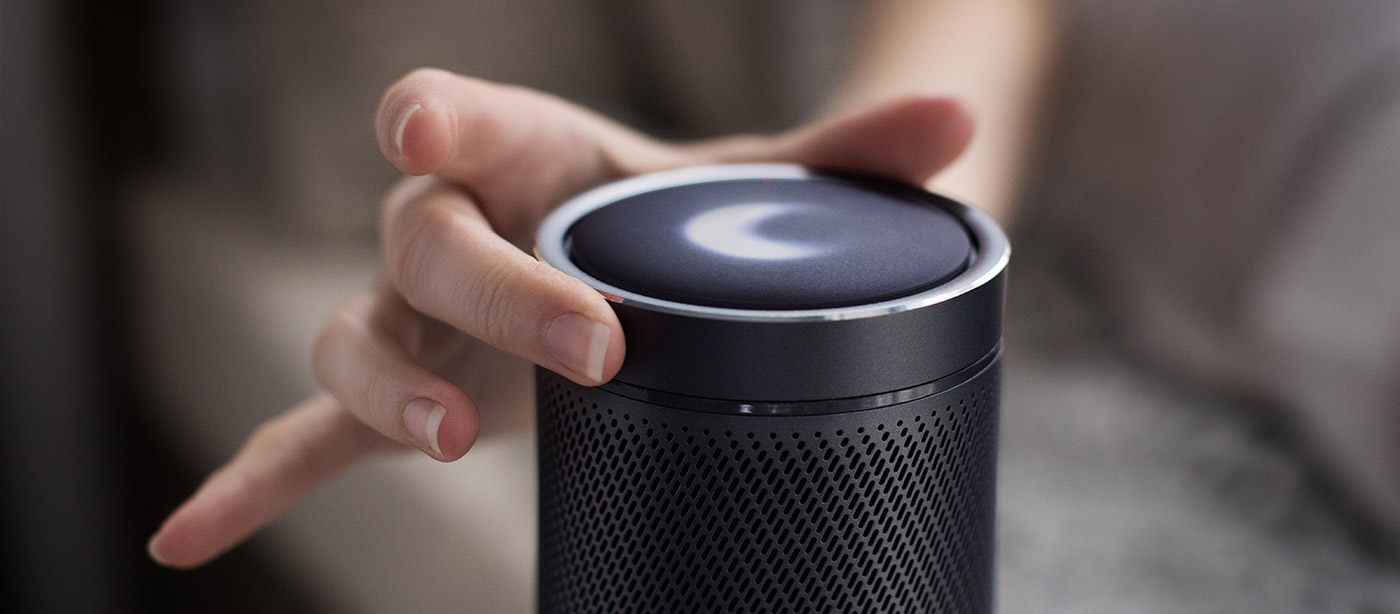
Sony wasn’t the only tech giant at IFA that announced a smart speaker. Harman, a company owned by Samsung, took the wraps off four such devices in the capital of Germany.
Let’s start with the Harman Kardon Allure, the company’s first smart speaker powered by Alexa. It comes equipped with four microphones with far-field voice detection technology, offers 360-degree sound, and supports Bluetooth connectivity. It’s definitely not the prettiest smart speaker out there, as it looks like a mini humidifier with its translucent plastic-looking top, but it still gets the job done. It’s capable of playing music, telling you all about the weather, and answering any question you might have, among other things. It will go on sale this winter in the US for $249.95.
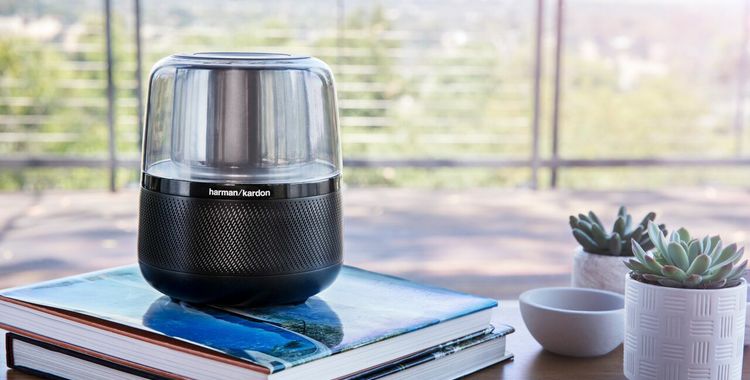
At IFA, Harman’s subsidiary JBL announced the new Link lineup of speakers: the Link 10, Link 20, and Link 300. They can more or less do the same things as the Harman Kardon Allure, but instead of Alexa, they are powered by Google’s Assistant. JBL says that all three models “give consumers rich, full-range sound and instant access to their favorite music through voice control.”
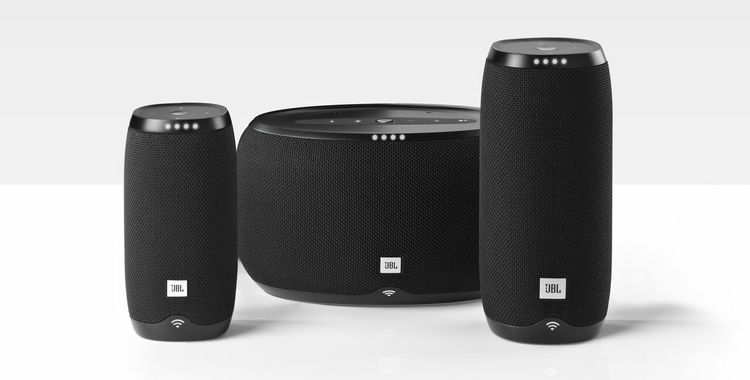
The Link 10 and 20 and portable speakers that offer five and ten hours of battery life and are resistant to water — IPX7. The Link 300, on the other hand, is quite big and more suitable to remain in one place for most of the time. It will set you back $249, while the Link 10 and 20 will retail for $149 and $199. All three will go on sale this fall.
Garmin at IFA 2017
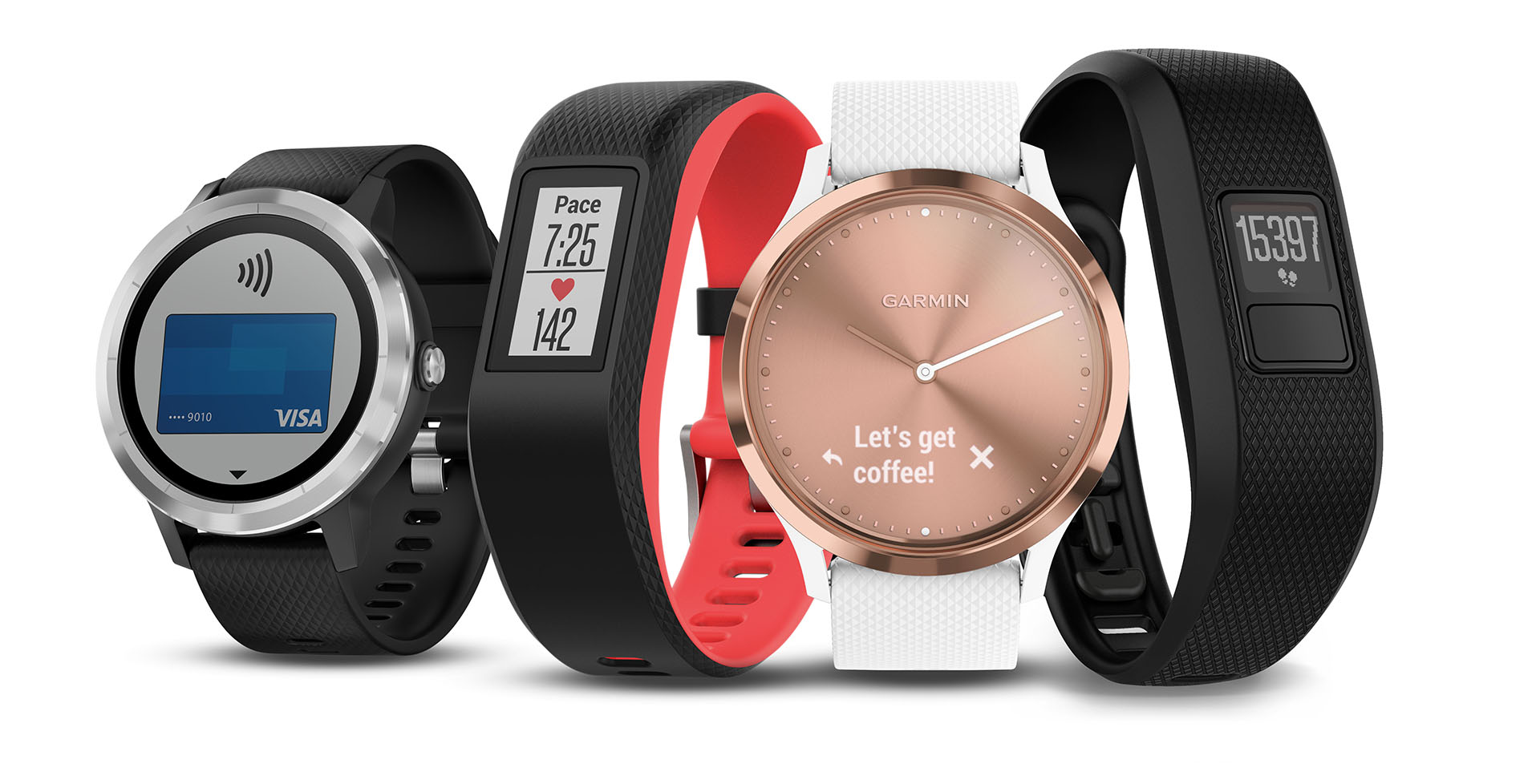
Garmin used IFA to add three new devices to its vívo lineup: the vívoactive 3, vívomove HR, and vívosport.
The vívoactive 3 smartwatch is the first device to feature Garmin Pay, the company’s new contactless payment platform that supports Visa and Mastercard debit and credit cards from a number of major banks. It sports an always-on touchscreen Garmin Chroma display and comes with all of the other features we’ve come to expect from the company’s high-end devices: a built-in GPS, waterproofing, week-long battery life while in watch mode, and Garmin’s Elevate heart rate monitor.
The vívoactive 3 also allows you to receive and respond to text messages and social media notifications, app alerts, calls, emails, and more. The black/stainless and white/stainless models will set you back $299, while the back/slate variant will retail for $329.99.
The vívomove HR is quite different when compared to the vívoactive 3, as it’s basically a hybrid smartwatch that sports a small digital display located beneath the analog watch hands. The device supports vibration alerts for emails, texts, phone calls, app alerts, social media updates, and more, and allows you to control the music on your smartphone.
As this is a hybrid smartwatch, the battery life is quite a bit better when compared to traditional smartwatches. Sure, the vívomove HR does feature a display, but it will only light up when you turn your wrist. The battery should be good for up to five days in “smart” mode or up to two weeks in watch mode.
There are two variants of the device to choose from. The first is the vívomove HR Sport ($199.99) that comes with a silicone strap, while the second is called the vívomove HR Premium ($299.99) and is a bit more fancy with its leather strap and a full steel body.
Vívosport is the last of the three devices the company revealed at IFA and features an always-on Garmin Chroma color touchscreen display, a built-in GPS, and the Garmin Elevate heart rate sensor that allows you to track your VO2 max and fitness age. Additionally, the device also offers built-in sports apps for walking, running, biking, cardio, strength training, and cycling, and will track your stress levels all day.
The Garmin Vívosport is waterproof and packs a battery that will last you up to seven days in smartwatch mode and eight hours in GPS mode. It will set you back around $200 and will come in a few different color options: black/slate, black/fuchsia, and black/limelight.
In addition to the three products mentioned above, Garmin has also announced a new software update for the fenix 5 and Forerunner 935 devices. It allows the devices to keep track of reps, sets, and rest times during free weight and bodyweight exercises, and adds the ability to track activities like boot camp classes, high-intensity interval training, and more. You can also create customized cardio and strength workouts on Garmin Connect and download them to your watch. The update will roll out to the fenix 5, fenix 5S, fenix 5X, and Forerunner 935 sometime this month.
Final thoughts
Of course, there were a lot of other devices announced at IFA in Berlin from companies like Panasonic, Philips, and ASUS, among others. The products listed above are just some of the best ones that made their debut at the show.
The most interesting one was probably the LG V30, the phablet that will go head to head with the Samsung Galaxy Note 8. Do you agree, or is there a different device you find more appealing? Let us know by posting a comment down below.